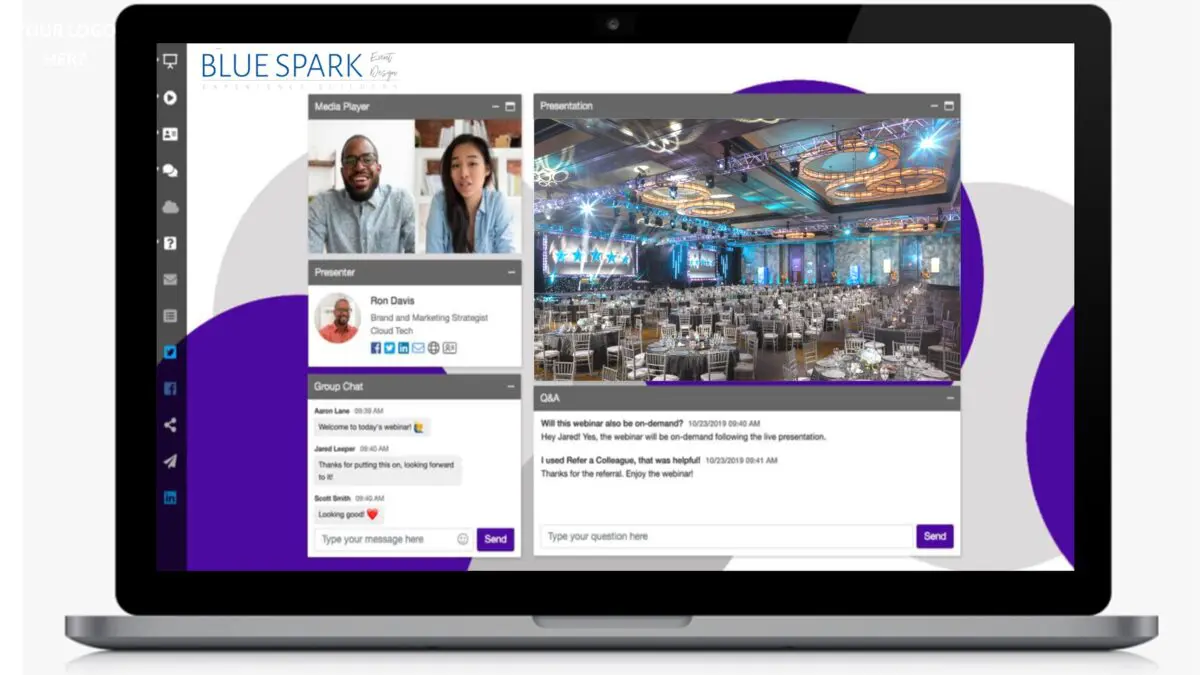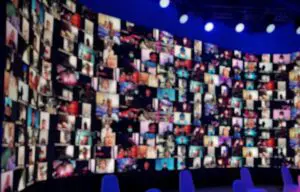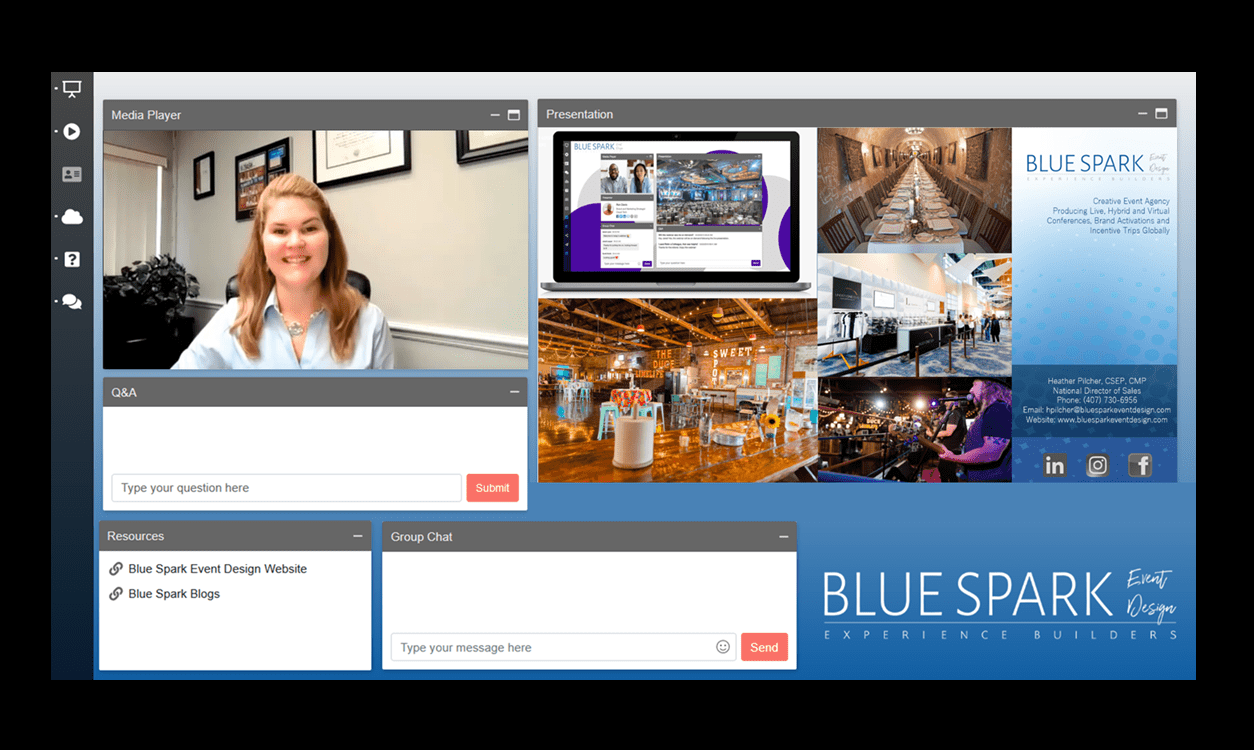What are the Benefits of Virtual Meetings, How and Why?
With the rapidly changing landscape of meetings, conferences, trade shows, and board retreats, businesses are looking to explore virtual meetings as a resource to continue moving forward during this new pandemic landscape.
Utilizing all types of software, virtual experiences, conference calls, webinars, etc. to achieve connection across the great divide.
At Blue Spark, we recognize the need for this style of meeting and work with our clients to offer them the best possible tools to achieve their business meeting goals. Each style of virtual meeting is a little different and can be customized to create the perfect environment for the flow of ideas between attendees.
Each objective and goal is different for our clients and we always start with the end goal in mind as we navigate through the multitude of virtual options.
Let’s dive into a few quick ways on the benefits of virtual meetings, how they are utilized, and best practices.
8 Top Benefits of Virtual Meetings and Events
- Larger audience potential in terms of geography, number of participants
- Elimination of certain expenses like F&B, facility rental/fees, printing, shipping, security
- Live content instantly shareable (unedited)
- Can be scheduled for when desired; not reliant on venue availability
- Flexibility for sharing content over an extended period of time, instead of all at once
- Instant feedback from participants can aide in customizing the direction of the meeting
- Recorded content can be repurposed for other meetings
- Branding opportunities are endless, and can help with costs as well as diversify content
How to Execute an Effective Virtual Event
- Identify core purpose of the meeting: education, recognition, knowledge dissemination, etc.
- Design what kind of experience the participant will have. Consider the following:
- Design matters – must have good flow, ease of navigation, utilize color theory
- Content, less might be more
- Make less impactful content available on-demand, pre-record
- Synchronous vs. Asynchronous, consider spreading content out over time
- Design it for 24-hour access
- Participants have 50% less attention span in virtual meetings than live, so keep it interesting and moving along
- Equipment – must have the right equipment to broadcast, record, etc.
- Video is critical, minimum of 720p, which is what most devices can handle
- Audio quality must be good
- Key program elements to consider:
- An emcee/host to keep the meeting moving
- Speakers – should be engaging, background
- Agenda pacing and tempo, you can’t just mimic a live-event agenda
- Q&A, questions should be uploaded and prioritized with most interesting first
- Platform features to consider:
- Is registration included or can it be integrated
- Track attendees with a virtual check-in
- Accepting payments and tracking revenue
- Conditional logic to ask the right questions and target the right visitors
- Ability to create a customized, white label site with branded domain
- Attendee profiles and directory
- Real time Q&A, polling and hand raising
- Chat – fosters community and can be used by moderator to gauge audience
- Live website chat support – participants having trouble can connect to resolve
- One-on-one interaction in groups, forums and meet-ups
- Whiteboarding
- Banners to identify speakers and agenda topics
- Expo halls – lets vendors discuss relevant topics (not sales based)
- All-in-one v. Integrated platform
- Cybersecurity
- Get demos to ‘tour’ the space, but only after choices are narrowed
- Data and analytics help you improve and gauge audience reaction
- Team is critical – must have a production team for any successful meeting, which include: producer, av team, tech support, back end tech support, web developer, marketing, etc.
- Still a lot of moving parts and each need full attention before, during and after
- Test and practice beforehand, particularly with presenters – don’t leave it until day of
Best Practices to Follow
- Content – no matter you what you are presenting, be sure to have content that can be linked to, downloaded and/or emailed to attendees.
- Make the quality of sound/audio a key priority
- Design the experience to engage folks immediately – don’t spend time on background or history – get to the point
- Practice! Even the little things can cause big hang ups when livestreaming
- If utilizing a home environment for a presentation, review everything that can be seen in the camera lens. More colorful or distracting items will pull focus from the presenter.







